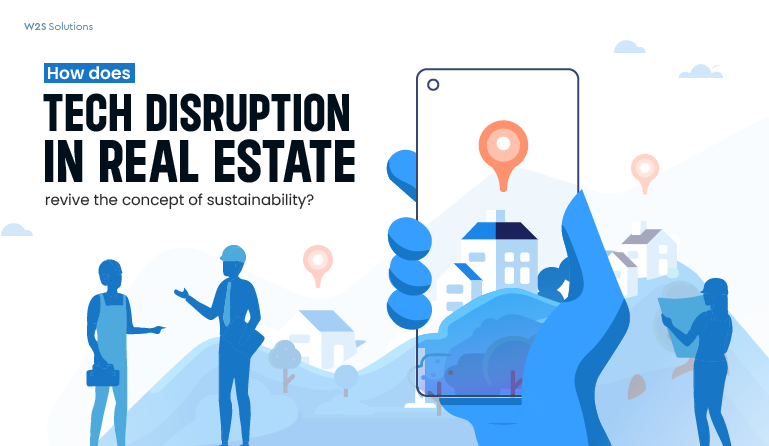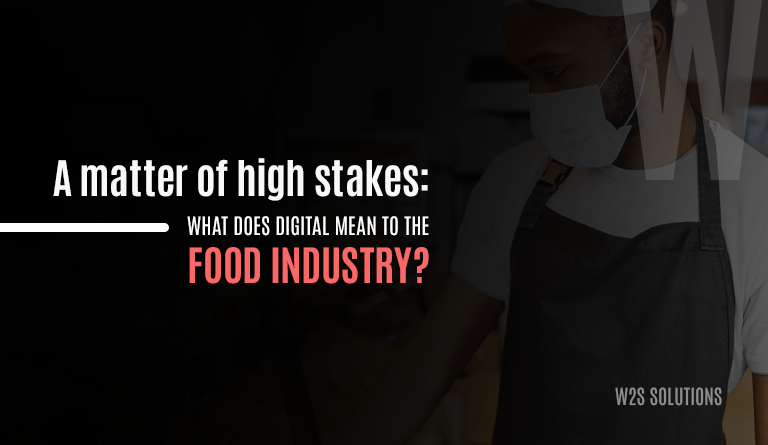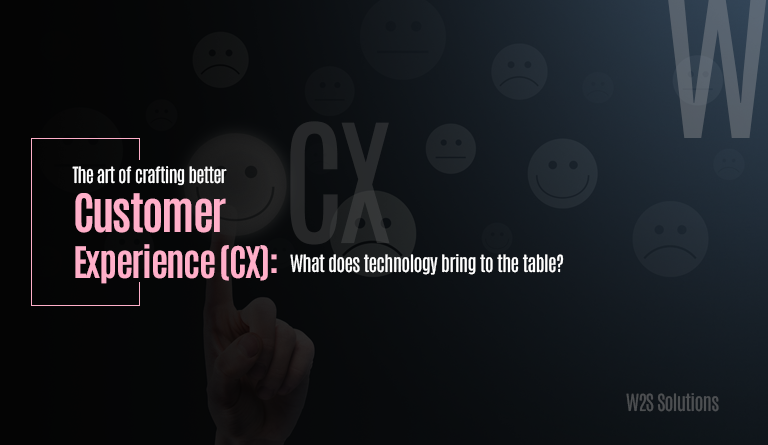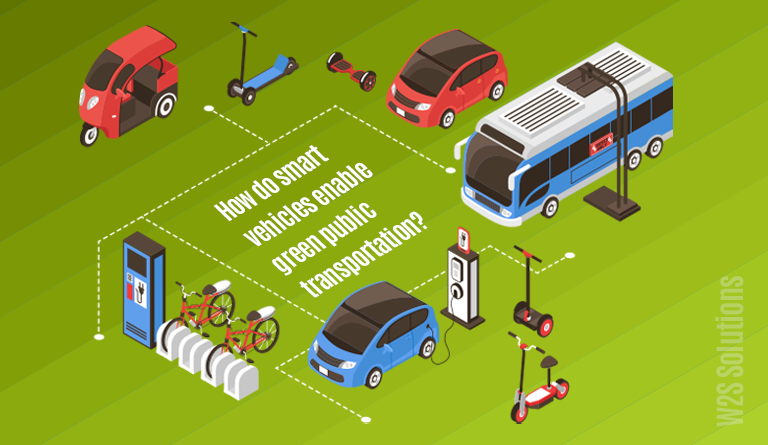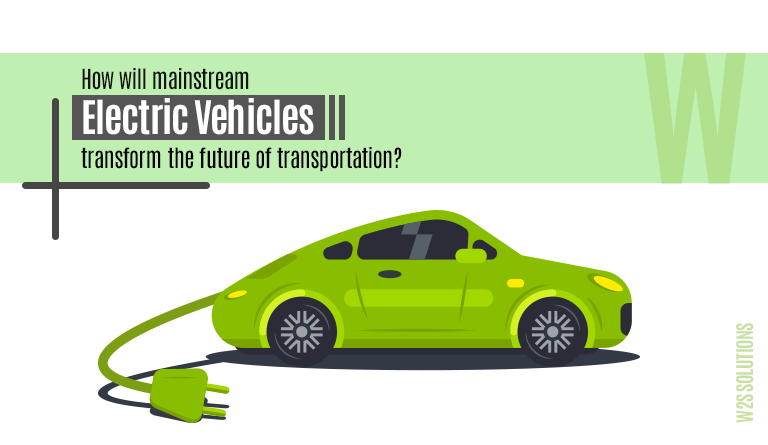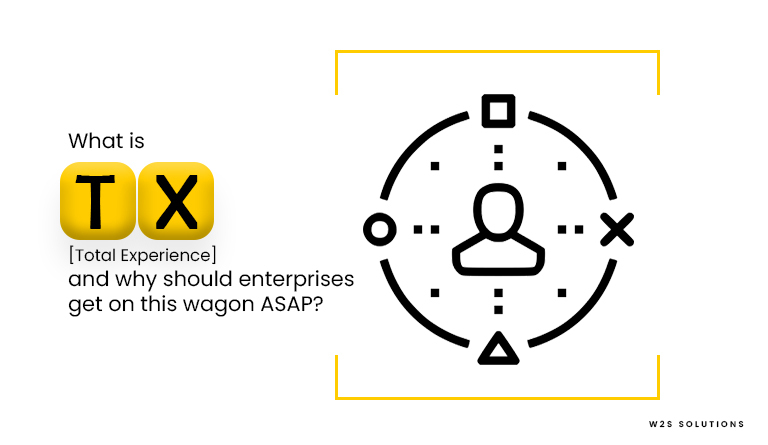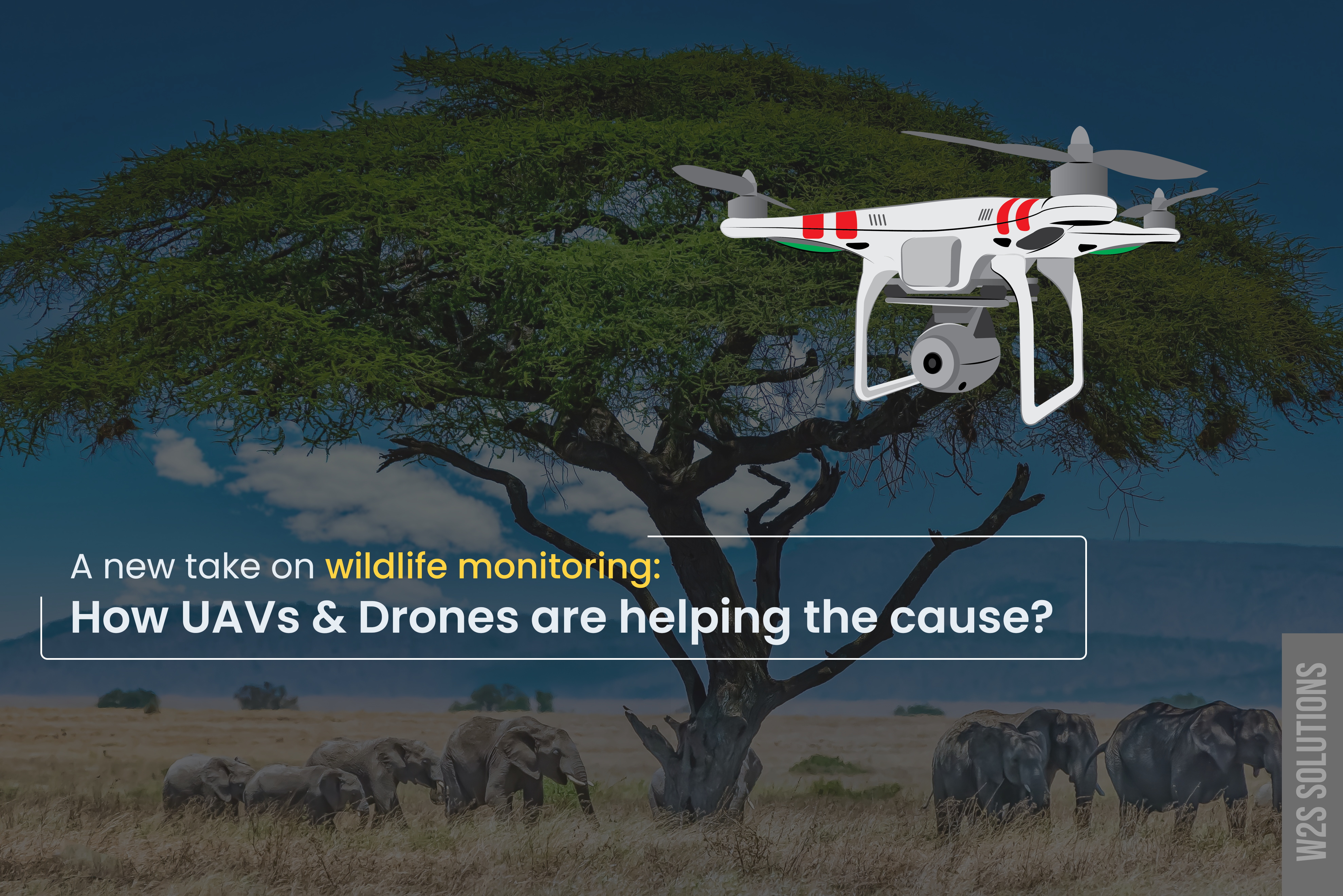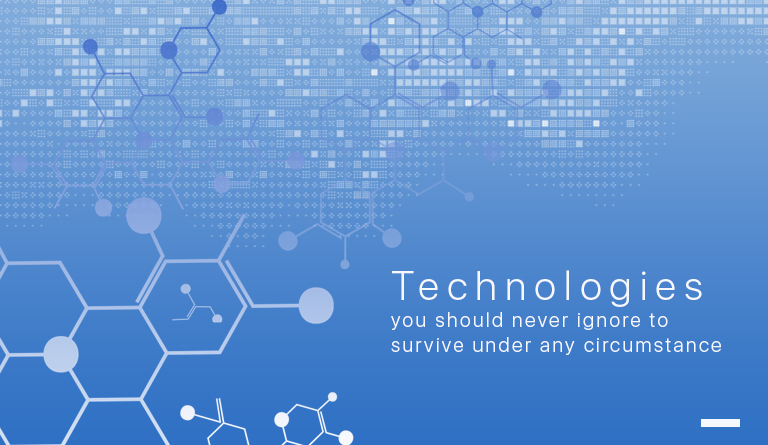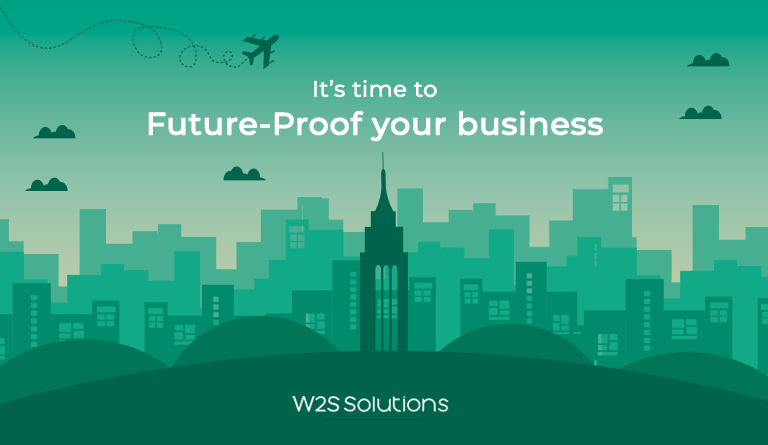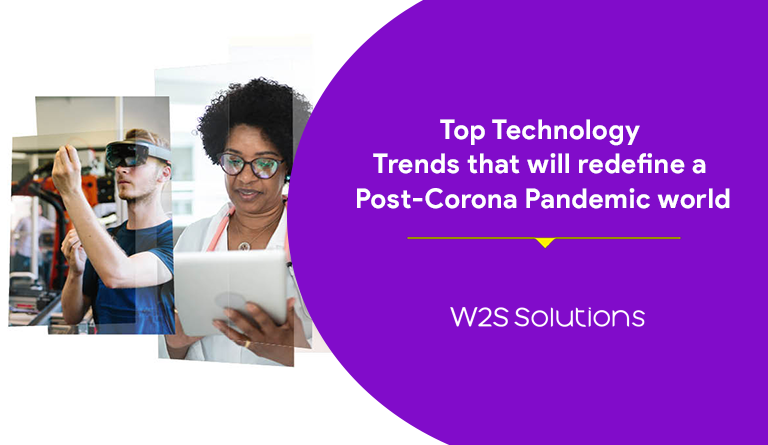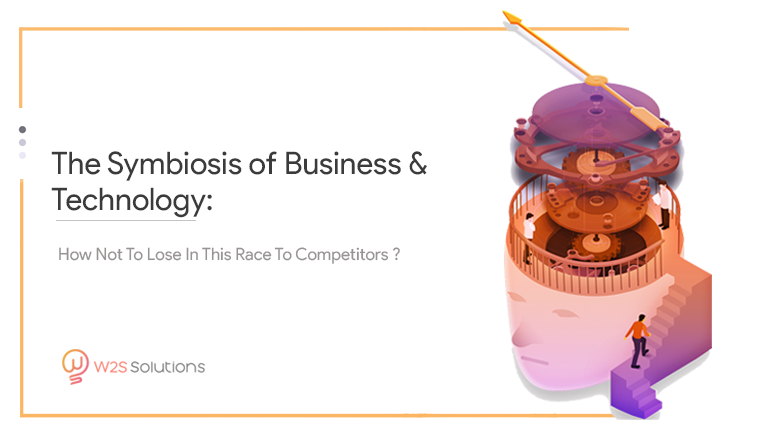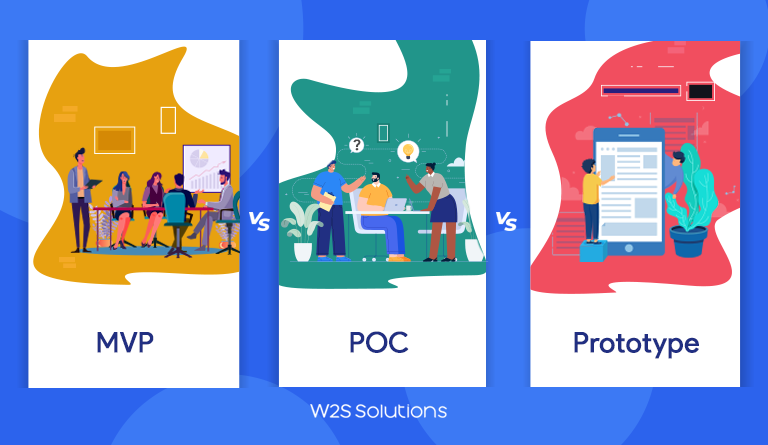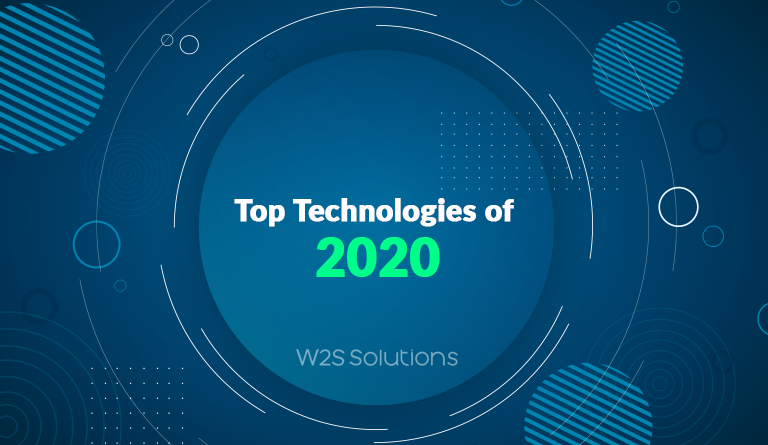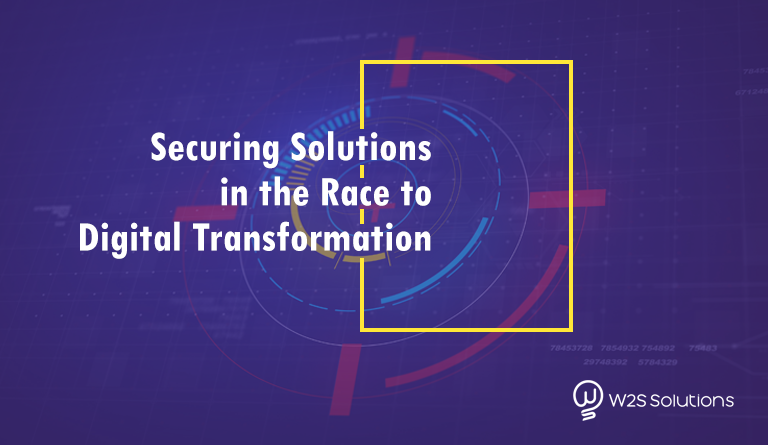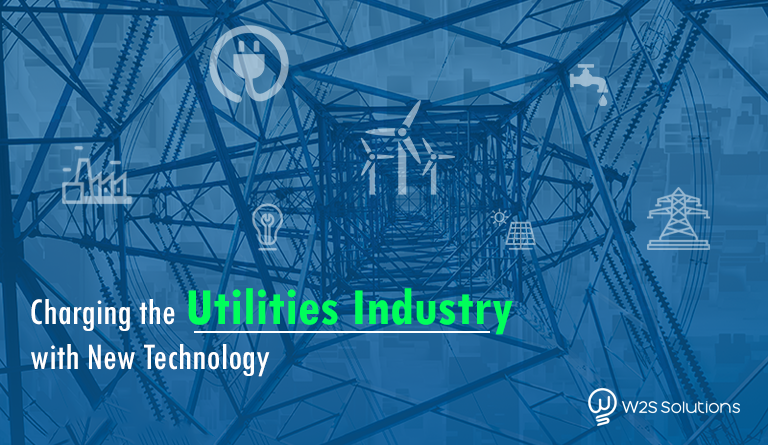At the intersection of the various core industries like steel and cement, energy, finance, and government welfare, the real estate sector is skyrocketing amid the latest technological trends. The impact of the COVID pandemic has surely dealt a huge blow to the industry by bringing in unforeseen losses to different players involved. Still, it also opened up a whole new perspective that could forever change the way we perceive real estate.
It is a well-known fact that real estate is a key factor in the economic revival of a country. This is not just because of the idea that a piece of land is seen as a valuable asset but also the multitude of cultural implications it can bring along with it. For example, there are different communities in the world who are denied the right to acquire land, and empowering them to participate in the real estate transaction will dramatically change a country’s socio-political equation. This, in turn, impacts the economic playground of the nation.
ESG, or Environmental, Social and Governance, has suddenly become an important factor for businesses all over the world, and real estate is no exception to that. Understanding the effects of these three fundamental metrics allows businesses to measure their qualitative impact on sustainability. As a multitude of digital transformation services become accessible to various businesses, we can expect a drastic change in the market within a short span of time!
So, what is sustainability, and why is it important for the real estate sector?

In simple terms, sustainable development is a concept that is agreed upon by the United Nations to create an all-inclusive society that takes care of its own needs. The trickiest part is in defining the “all-inclusive” part.
An all-inclusive society becomes an almost utopian concept when we separate the people and their diversity, but when we take it into account, an all-inclusive society is something that we can work towards, at least a version of it.
Real estate deals with planning, designing, constructing, and creating opportunities and facilities for the human capital in and around a piece of land. Here the land is the key asset. Commercial real estate and residential real estate are codependent, and one section fuels the other and vice versa.
Take the bay area, for instance. From the real estate point of view, the bay area is one of the most expensive pieces of land in the world. The birth of Silicon Valley has changed the odds of the bay area real estate by a huge margin. A house bought 10 years ago has almost increased by 100% in value! This doesn’t happen too often as the area provides different opportunities for different sections of the people. However, such uncontrollable inflation could also act as a double-edged sword that devalues other industries of the country.
So, sustainability is not just about green buildings and promoting engineering innovations but also the proper accumulation of the existing resources, including human capital. After capitalism, real estate has become synonymous with development, and the goal of every nation right now is to enter the league of developed nations. It is obvious why this obsession, since a developed nation has better schooling, healthcare, median income, better tourism, quality of life, etc., but they often forget about the green GDP that’s hit rock bottom in the last few years. Technology consulting firms across the world are setting the grounds to enable “green” innovation across various industries. However, the level of participation from the public sector determines the effectiveness of such efforts.
A report from the UN finds that the construction sector is responsible for almost 37% of the total carbon emissions in the world. Cement and steel- the two major components of any construction process, are highly notorious for carbon emissions globally. The race between the west corridor and the east corridor seems ridiculous when it ultimately takes a toll on the whole of the earth. Reports speculate that China has poured more concrete in the last two years than the USA did in the past two decades! The effect of the western corridor’s development efforts by burning heavy amounts of fossil fuels in the past is negatively impacting different nations now!
So, the need for “green” materials is relevant now more than ever. And technology seems to be the most viable option to carry such ambitious goals on its shoulders.
Read Also – The Right Mix Of Technology And Business Strategy: Secret Formula!
How can technology pave the way for “greener” real estate?

Technology drives innovation, and innovation is what we need at present to tackle the practical problems of carbon emissions and climate change effects on the world. Re-designing and re-thinking the way we have operated since industrialization can be our best bet to building a sustainable future.
The pressure from the government and the awareness among the people has forced businesses to regulate their carbon emissions into the atmosphere. Influential technologies like Artificial Intelligence, Machine Learning, and Big data analytics have been a great help in monitoring and regulating industrial emissions into natural resources. Exploration in robotics is further favoring this movement by making inaccessible things accessible.
The revolution of the green materials

Green materials are nothing but eco-friendly construction materials that substitute environmentally harmful substances with naturally available, renewable materials. Many indigenous cultures have been including green materials into their construction process by default. There have been historical records of people using readily available natural resources like stones, eggs, hemp, cow dung, bamboo, etc., to build their shelters.
However, attaining the same yield of modern engineering practices with these green materials could be a challenging task. In such cases, tech disruption seems to be the only way out. Using advanced engineering, laboratories can create real-life simulations and study the various aspects of green materials in the virtual world. This allows them to save time, money, and of course, the environment.
Alternatives for cement have been found across different research centres, and governments of many countries have promoted the use of such “green” technology in their housing and special economic projects. The extra push from the government will create a positive landscape for such innovations, attracting different entrepreneurs, business leaders, and investors to pool their resources into developing sustainable materials.
Decarbonizing the existing structures
![]()
A vast amount of resources are being spent just to establish the grounds for sustainability. On average, a building exists somewhere between 75-100 years. So, even if we begin our plans for sustainability tomorrow, we will still have a huge percentage of unsustainable and outdated structures for the next 75 years! Though governments are imposing strict regulatory measures to optimize and demolish these structures, we have to understand that decarbonizing the existing structures is the most practical solution to this problem. After all, the tool/plan itself should be sustainable!
Buildings account for 40% of the global greenhouse emissions, most of them from the energy consumption in the structure. Small initiatives like depending on a renewable source for electricity can make a tremendous impact on the environment. Though it is expensive for construction companies to re-design their existing buildings, partial re-modelling with technological advancements could still make up for the otherwise huge amount of carbon emissions.
In places where extreme climate conditions exist, the energy expenditure for heating and cooling alone would heavily contribute toward the emission of greenhouse gasses. In such cases, taking advantage of the existing environmental conditions could give us the upper hand. Tech innovation has created affordable solar and wind energy solutions that normal people could afford. When entrepreneurs with energy-conscious products enter the market, the government should help them set the stage for better reception among the public and encourage such innovators to accelerate their manufacturing process.
Building cognitive cities
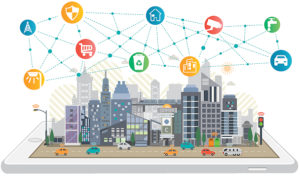
We already have smart cities in different parts of the world, but the ultimate purpose of a smart city is to evolve into cognitive communities/cities. Smart cities leverage technologies like Big data, Cloud computing, Artificial Intelligence, Machine Learning, Virtual Reality, Augmented Reality, Edge computing, etc., to create a self-sustaining, smart environment for the people. Though smart cities help towards the vision of sustainability at different frontiers, the idea of cognitive society is a whole new perspective towards existence itself!
Cognitive cities heavily depend on the computational abilities of humanity and establish their foundation in Information and Communication Technologies(ICT). With big tech companies funneling their resources to build practical supercomputers and quantum computers, the possibility of cognitive cities popping up in the next few years is really high! Existing smart cities could become cognitive hubs that gradually roll out the changes across different industries at different paces.
One of the major problems in the existence of a cognitive city again boils down to the ESG factor. Diversity is one of the key features of a cognitive city, and the goal of such a community would be to solve larger-than-life problems with collective intelligence. The only way we could ever think of such a strategy is through tech innovations. Fundamental perspectives on different topics need to be questioned, and experts have to navigate through tons of abstract knowledge points to bridge the gap between theory and reality. And all these sound like a sci-fi movie plot if we remove our tech capability out of the equation.
Read Also – Reimagining done right: Cognitive cities and why it’s possible to build one?
Understanding the ground reality
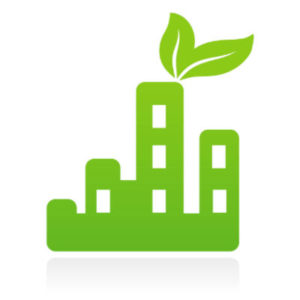
When a huge section of people are still fighting for quality housing solutions, it is pointless to talk about sustainability and green technology in the real estate industry. The space for tech innovation in the real estate industry will only expand when everyone on the planet has access to decent, livable housing facilities. It is the responsibility of the government and business conglomerates to make this happen. Only then we could ever dream of decarbonizing the real estate industry.
A report estimates that nearly 150 million people across the world are homeless, and 1.6 billion people live under inhabitable housing conditions! Though this data lands in the ballpark, the exact number is still unknown. Experts say that this number would have increased amid the recent pandemic and wars. It is the sole responsibility of the governments to leverage Big data analytics solutions and data engineering solutions to understand the ground reality of society. Obsolete record maintenance systems should be replaced with efficient digital platforms and cloud computing mechanisms. Also, enterprise cloud solutions are drastically changing the way we perceive storage and accessibility. Equipping for the fight is half the process in a battle.
Digitalization of the nation could indeed help citizens to interact efficiently with the governments. But at the same time, digitalization shouldn’t mean risking people’s privacy. Strict cybersecurity strategies should be implemented to ensure maximum privacy and security.
Data analytics, viability, and sustainable manufacturing

So, green materials can drive forward sustainability in the real estate sector. But what is the market space for such a product? The stakes are high for the different players involved, including one of the foundational sectors of the country- the finance industry. Leveraging advanced data analytics to understand the scope and viability of the green materials can change the rules of the game in the industry. There are many real estate application development companies in the market that combine technology and sustainability to provide practical solutions in the industry.
The financial institutions of the country should tread the ropes carefully when going with an entirely new idea. Sustainable materials have a great potential in the market but occupy a really small market share. If businesses and entrepreneurs could back their products with evidence and real-time use cases, financial institutions would be more inclined to fund the project. And what’s better than good ol’ data when it comes to reliability? Understanding data from different sources could be a great way to identify efficient strategies to overcome the problem.
Manufacturing green materials is a bit tricky. Detailed engineering processes need to be followed, strict protocols are in place, the procurement of raw materials could sometimes be difficult, the process of converting raw materials into usable ingredients can be challenging, and a lot more could get screwed up during the manufacturing phase of the sustainable materials. However, with enough iterations and data collection, the failure margin could be significantly reduced along with the risk horizon! Many data analytics companies collaborate with the key stakeholders in the real estate industry to ensure that they make the right decisions along the way.
Read Also – Why Do Organizations Need To Focus On Big Data To Make A Business More Profitable?
The conclusion?
In reality, no industry exists alone. The real-estate industry depends on the operation of various other sectors to function, and crippling one in the chain could disrupt the whole flow. Also, sustainability consulting firms, technology consulting companies, and the key contributors and business leaders in the construction and real-estate industry need to come together to find a unified solution to bring the vision to reality. Skipping on sustainability is not an option anymore, and doing so will not just have an impact on the real estate industry but the whole of the planet! The ridiculous pressure on the “techies” should be shared by the government, too! That’s how we move forward!
